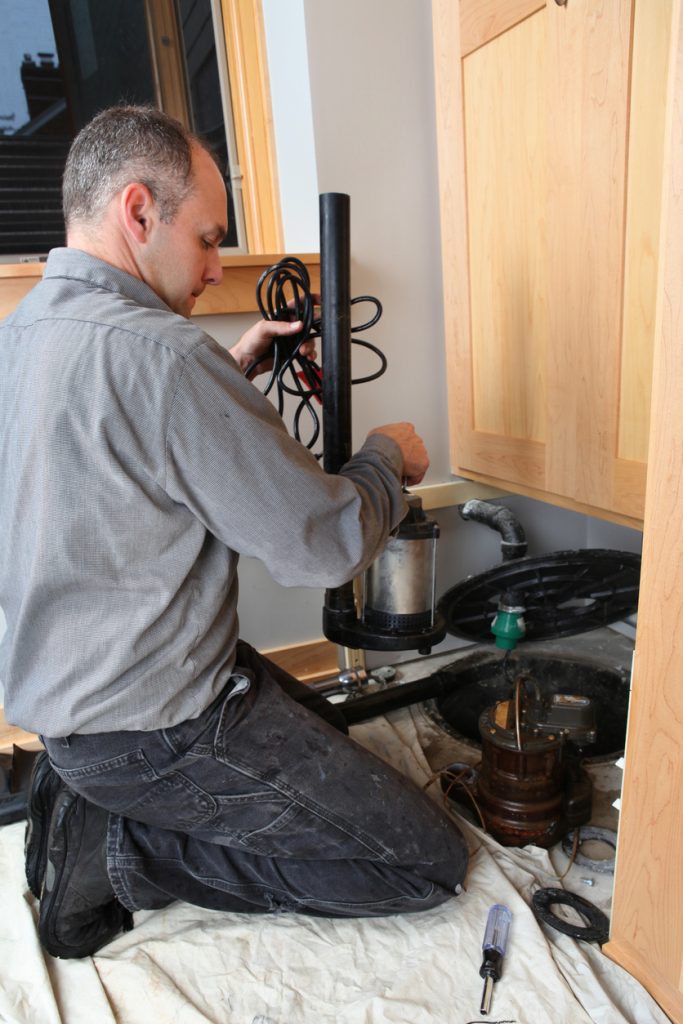We have discovered this great article relating to How To Effectively Clean A Sump Pump directly below on the web and figured it made perfect sense to relate it with you on this page.

Sump pumps are crucial elements in several homes, particularly in locations prone to flooding or excessive dampness. They assist protect against water damages by effectively removing excess water from cellars or crawl spaces. Nevertheless, like any other home appliance, sump pumps require routine upkeep to guarantee they function efficiently when needed the most. Cleaning your sump pump is a crucial part of its maintenance, and recognizing how to do it appropriately can conserve you from costly repair services and potential calamities.
Introduction
Maintaining a clean sump pump is crucial for its proper performance and longevity. Disregarding this necessary job can result in clogs, breakdowns, and ultimately, water damages to your residential or commercial property. As a result, discovering exactly how to clean up a sump pump is essential for property owners who count on these devices to keep their cellars completely dry and safeguarded.
Signs of a Dirty Sump Pump
Knowing when your sump pump needs cleaning is crucial for stopping possible breakdowns. Some usual signs that show a filthy sump pump include odd noises throughout operation, minimized water flow, and visible debris in the pit. If you see any one of these signs, it's vital to clean your sump pump immediately to stay clear of any type of further concerns.
Preparing for Cleansing
Prior to you begin cleaning your sump pump, it's essential to take some safety and security precautions. Begin by shutting off the power to the pump to prevent any electrical mishaps. Furthermore, use proper protective gear, such as handwear covers and goggles, to safeguard yourself from dust, particles, and prospective virus.
Recognizing the Sump Pump
Before diving right into the cleansing procedure, it's necessary to have a standard understanding of how a sump pump works. Generally installed in a pit or basin below the basement floor, a sump pump includes several vital elements, including a pump, a float switch, and a discharge pipe. When water gathers in the pit, the float switch triggers the pump, which after that pumps the water out with the discharge pipeline, far from the building's foundation.
Detailed Guide to Cleaning Up a Sump Pump
Turning off the Power
Begin by separating the power supply to the sump pump to stop any mishaps while cleansing.
Checking for Appropriate Performance
Before re-installing the pump, carry out a quick test to ensure that the float button turns on the pump properly. Put some water right into the sump pit and observe the pump's operation. If everything is functioning correctly, you can rebuild the pump and reconnect the power supply.
Getting Rid Of Particles and Dust
Make use of a bucket or a scoop to eliminate any kind of noticeable debris, dust, or debris from the sump pit. Dispose of the particles effectively to stop it from obstructing the pump or the discharge pipe.
Cleansing the Pump and Drift Change
As soon as the pit is free from debris, thoroughly remove the pump from the pit. Evaluate the pump and the float button for any type of indicators of damages or wear. Use a soft brush or fabric to clean the surfaces and eliminate any kind of built up grime.
Flushing the System
After cleaning the pump and float button, flush the sump pit with tidy water to remove any remaining dirt or debris. This will certainly aid guarantee that the pump operates smoothly and efficiently.
Maintenance Tips to Maintain Your Sump Pump Clean
Along with routine cleansing, there are several maintenance tips you can follow to keep your sump pump in ideal condition:
Conclusion
Cleaning your sump pump is a crucial facet of its upkeep and makes certain that it operates successfully when you require it one of the most. By complying with the steps outlined in this guide and incorporating regular upkeep right into your regimen, you can extend the life expectancy of your sump pump and safeguard your home from water damage.
How to Clean a Sump Pump
Steps to Clean a Sump Pump
After checking to make sure your sump pump is off, disconnect the pump from the discharge pipe. Wrap your pump in plastic to prevent drips and carry it outside. Using your garden hose, rinse off any dirt or sludge from the surface of the pump. A plastic scraper or putty knife may be necessary to clean out the sump pump and remove caked-on debris. Leave it in a safe place to dry. Drain any standing water from your sump pit using a shop vac. If you have a check valve that can be disassembled, carefully disassemble it and allow any water to drain out of your check valve first, then remove it. Rinse the valve thoroughly with water, then dry and reassemble it. Once thoroughly dry, reattach your pump to the discharge pipe. Plug your unit back in. You’re all done! https://www.mrrooter.com/about/blog/2019/april/how-to-clean-a-sump-pump/

As a devoted reader about Cleaning & Maintenance Tips for Your Home's Sump Pump, I assumed sharing that piece of content was really useful. Are you aware of somebody else who is fascinated about How to Care for Your Sump Pump? Take a moment to share it. Thanks a lot for your time spent reading it.
Visit Website